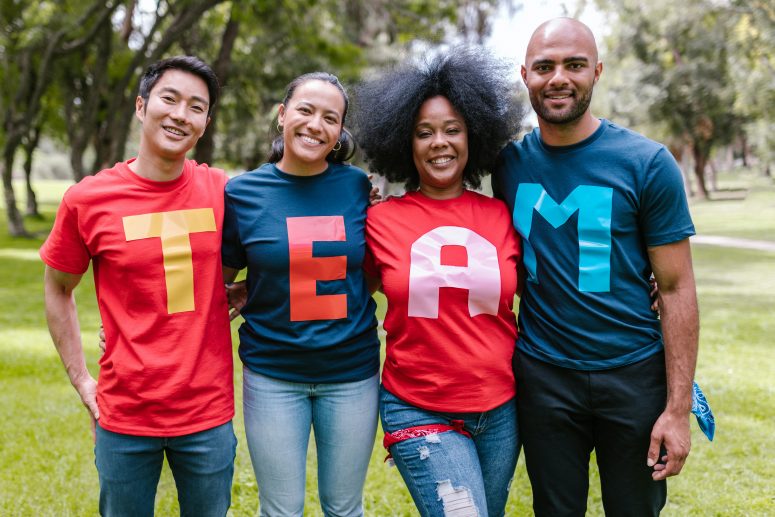
The U.S. is more racially and ethnically diverse than ever before. In the wake of the pandemic years and widespread racial justice movements, we have seen shifts in the way communities are investing their time, talent, and income to help lead positive change in our society.
In a 2021 study conducted by the Indiana University Lilly Family School of Philanthropy, it was found that donors of color, in particular, are increasingly engaged in multiple ways to provide impact in their communities, including giving money to nonprofits, donating goods, and donating their time by helping family members, friends, neighbors, and strangers.
The last few years have seen an acceleration in racial recognition and equality. As more people of color become majorities in communities across America, successful nonprofits will need to attract and maintain a diverse donor base to sustain and grow their operations. Fundraising will require a differentiated approach tailored to the interests, values, and traditions of the “many” rather than just a one-size-fits-all approach based on white America.
Some questions nonprofits should be asking themselves:
Do our current fundraising efforts reach the full spectrum of Americans who might support them?
Do the fundraising channels we use exclude any racial groups?
Do we have the cultural competency to reach all Americans who might support nonprofits? In other words, does your nonprofit organization reflect the diverse donor base you are trying to reach? Are your employees, boards, and programs diverse?
Over the past few years, nonprofits have had to innovate their fundraising strategies at the speed of light, both to connect with their current audiences during a global pandemic, as well as establish relationships with the next generation of supporters.
Social media, digital fundraising, and all the new tools that we now have available such as crowdfunding, can be powerful ways to connect with a younger and more diverse audience.
But these recent social shifts have created another very powerful channel of engagement that should be prioritized: racially diverse community groups.
Dr Una Osili, the Dean of the Indiana University Lilly Family School of Philanthropy, highlights that “communities of color are very generous with their time, their talent, their testimony, and also with their networks, and their ties. For nonprofits [and those] in the fundraising community, learning about these communities will yield dividends, not just in the short term, but ultimately in the long term by plugging into these networks.”
In today’s nonprofit and fundraising space, there is ample opportunity to collaborate and build partnerships with both grassroots and established organizations, fraternities, sororities, alumni associations, and neighborhood associations, which can result in sustained fundraising efforts with a racially diverse donor base.
The face of generosity is diverse—and as the U.S. heads towards an even more demographically diverse future, it is vital that nonprofit organizations work to develop an inclusive set of philanthropic practices that are inclusive of the interests, values, and traditions of donors of color.
